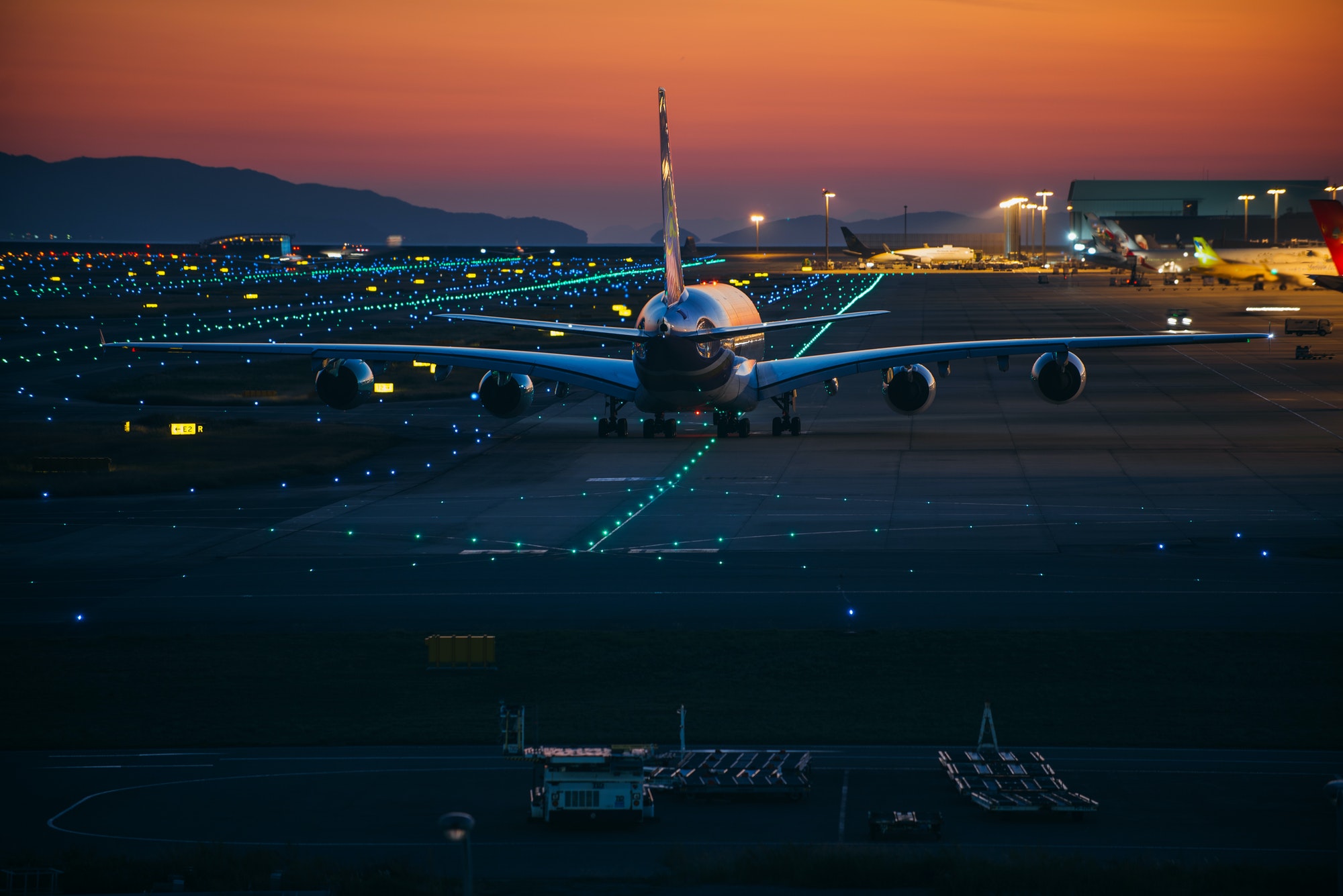Breaking Down the Incident: What You Need to Know
The Crash at Tokyo Airport Between Japan Airlines and Coast Guard
Recently in Tokyo, a really bad crash happened at Haneda Airport. A Japan Airlines jet bumped into a Japanese Coast Guard plane. This caused a huge fire and forced everyone on the Japan Airlines plane (367 people and 12 crew members) to get off super quickly.

What Happened to the Coast Guard Plane and the People on It
While the Japan Airlines passengers got out safely, the Coast Guard plane wasn’t so lucky. It was on a mission to help with earthquake relief but ended up crashing, and sadly, five crew members didn’t make it.
The Details: What Happened After the Crash
Emergency Landing and Getting Everyone Off the Plane
The Japan Airlines flight was coming from New Chitose Airport and was trying to land at Tokyo’s Haneda Airport when it hit the Coast Guard aircraft. There was a big fire, and everyone had to leave the plane super fast. Thanks to the brave crew, everyone got off safely.
Investigating the Crash and Making Flying Safer in Japan
People are still trying to figure out why exactly the crash happened. Japan’s transport safety board and other groups are working hard to find out the cause and make sure something like this doesn’t happen again.
Expert Take: Understanding the Crash
Experts Weighing In and How Everyone Got Off Safely
Aviation experts are looking into how the crash happened and praising the crew for getting everyone off the plane safely. They’re talking about how important it is to follow safety rules and emergency steps during situations like this.
The Importance of Knowing What to Do on a Plane
This crash shows why it’s super important for airlines to teach passengers about safety. Everyone needs to know what to do if something goes wrong, so they can help keep themselves and others safe.

FAQ: Understanding the Tokyo Airport Tragedy
Q1: What exactly happened at Tokyo Airport?
A1: A Japan Airlines jet collided with a Japanese Coast Guard plane at Haneda Airport in Tokyo, leading to a severe fire. Everyone on the Japan Airlines plane was evacuated safely, but unfortunately, five crew members on the Coast Guard plane died.
Q2: How did the passengers evacuate the plane?
A2: The passengers and crew followed emergency evacuation procedures, which involved leaving the plane quickly and safely. The crew’s fast action and bravery played a huge part in ensuring everyone got out.
Q3: Why did the two planes collide?
A3: The exact reason for the collision is still under investigation. Authorities are working hard to figure out the cause and how to prevent similar accidents in the future.
Q4: Were there any survivors from the Coast Guard plane?
A4: Sadly, five crew members of the Coast Guard plane lost their lives. The focus is now on understanding what went wrong and honoring those who were lost.
Q5: What are aviation experts saying about this incident?
A5: Experts are analyzing the situation and praising the Japan Airlines crew for their adherence to safety protocols. They emphasize the importance of emergency procedures and safety education for all passengers.
Q6: How can passengers prepare for emergencies on flights?
A6: Passengers should always listen to the safety briefing before takeoff and read the safety card in their seat pocket. Knowing the nearest exits and understanding how to use safety equipment can make a big difference in an emergency.
Q7: Will flying in Japan change because of this incident?
A7: Authorities and airlines are likely to review and strengthen their safety protocols and training. While flying remains one of the safest travel methods, continuous improvement in safety measures is a priority after such incidents.
Sources The New York Times


